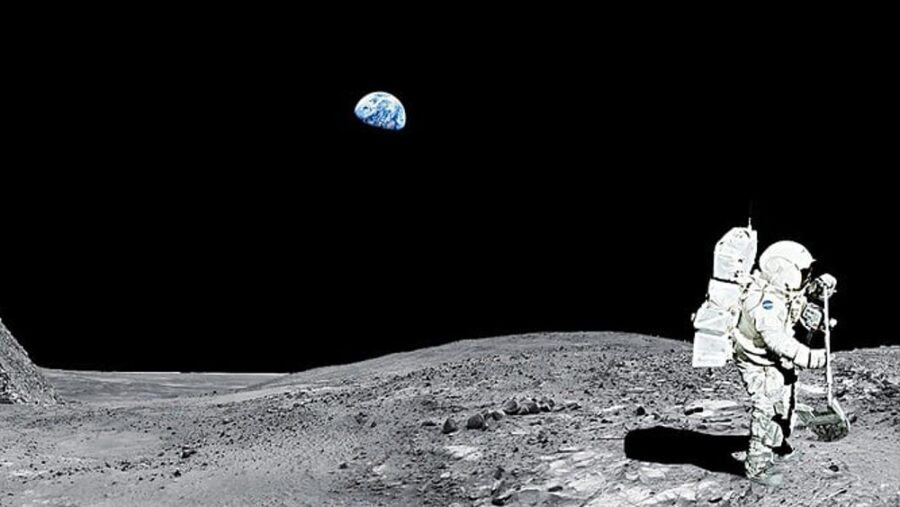First Astronaut To Orbit The Moon Dead At 95

Frank Borman, NASA’s oldest living astronaut and a pivotal figure in the early years of American space exploration, passed away at the age of 95 on November 7, according to NPR. Borman, renowned for his disciplined approach and no-nonsense demeanor, played a crucial role in two NASA missions, including the historic Apollo 8 mission, the first to orbit a human around the moon. His death closely follows that of fellow Apollo astronaut Ken Mattingly.
Frank Borman’s First Space Mission Was In 1965

Frank Borman’s journey into the cosmos began in 1965 with Gemini 7, a demanding 14-day mission aimed at proving human survivability in weightless conditions. Despite the challenges of the cramped two-person capsule, Borman’s attention to detail caught NASA’s eye, leading to his selection as mission commander. Reflecting on Borman’s career, NASA administrator Bill Nelson noted, “In addition to his critical role as commander of the Apollo 8 mission, he is a veteran of Gemini 7, spending 14 days in low-Earth orbit and conducting the first rendezvous in space, coming within a few feet of the Gemini 6 spacecraft.”
Borman Helped Make The 1969 Moon Landing Possible

Frank Borman’s involvement with NASA extended beyond his space missions. Following the tragic Apollo 1 launch pad fire in 1967, which claimed the lives of three astronauts, NASA appointed Borman to the investigation board to determine the cause. Subsequently, he led the team responsible for reengineering the Apollo capsule, a critical step toward the successful moon landing in 1969.
Apollo 8

The highlight of Frank Borman’s career came with the Apollo 8 mission, a daring venture that marked the first time humans left low-Earth orbit and journeyed to the moon, nearly a quarter-million miles away. Alongside fellow astronauts Jim Lovell and Bill Anders, Borman circled the moon 10 times, capturing the world’s imagination with live TV broadcasts showcasing the lunar landscape. The crew marked the historic occasion by reading a passage from the book of Genesis on Christmas Eve 1968.
In a poetic reflection before his death, Frank Borman shared, “The Earth was the only thing in the world in the universe that had any color. Everything else was black and white, but the earth was beautiful blue and white and brownish continents. That was the most impressive sight for me of the entire flight.” The iconic “earthrise” photo, depicting the Earth rising above the moon’s desolate surface, was a result of this mission.
Borman And Eastern Airlines

Frank Borman’s commitment to exploring the universe beyond our planet stood out throughout his career, though he was not always without anxiety. In a 2018 NPR interview, he expressed his uneasiness about the Apollo 8 mission, stating, “My major concern was that somehow the crew would screw up. I didn’t want us to be the ones that… I wanted us to do everything perfectly.”
Post-Apollo 8, Frank Borman departed NASA and joined Eastern Airlines, eventually becoming its CEO. While he never landed on the moon, Borman expressed no regrets, emphasizing his primary goal of contributing to the team that outpaced the Soviets. He did, however, acknowledge the toll his work took on his family, lamenting an average of 250 days a year away from home.
Frank Borman Leaves Behind A Legacy That Inspires Future Space Explorers

In his post-NASA career, Frank Borman remained optimistic about humanity’s space exploration, expressing hope for a return to the moon and even venturing to Mars. His legacy as a pioneer in space exploration and a symbol of American determination lives on, marking the end of an era with his passing.












